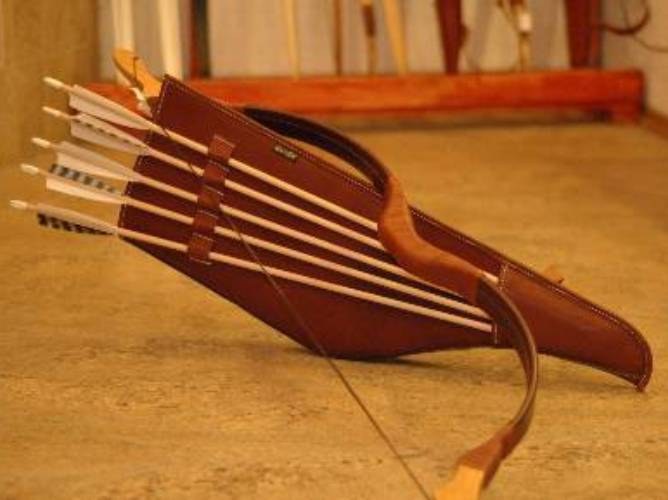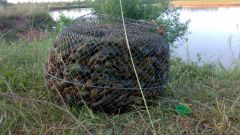You will need
- - birch;
- - ash or larch;
- - the Horny plates;
- - tendon or fiberglass;
- - a nylon cord;
- - fish glue;
- - tools for work with wood;
- - press;
- - the knife.
Instruction
1
Prepare materials for the manufacture of a composite bow. You will need a piece of birch and ash, and thin bark. Better to take a birch tree growing in the lowlands; it has a straight trunk with a small number of knots. I cut down a tree use the Northern part, having a more dense fiber. Ash can replace larch.
2
If you are not able to get the tendons of animals, replace them with fiberglass. However, old masters used the tendon of a horse, cow or mountain goat. They were separated from carcasses, dried to give the product transparency. Then the tendons on the anvil was split into fibers and separated into strands with a thickness of about millimeter.
3
Of ox horn make the Horny plate. They serve as buffer strips, allowing to accumulate and store the energy of a stretched string. Dried horns sawed lengthwise, cook in boiling water and place under a heavy press to dry and straightening.
4
Manufacture the five parts of the base bowand: the middle part, two shoulders and two tail element. The basic material for the Mongol bowand the birch in combination with other types of wood (larch or ash). While birch layers use the convex part of the bow, and the ash or the larch – for the concave. The total length of the bowand shall be not less than 70 cm.
5
Enter each component of the bowand of several layers. Between the layers of wood lay in three successive layers of tendons (fiberglass) and horn plates. Layers of material connect the fish or hide glue.
6
After gluing layers of each part of the onionand assemble the product together. Five parts fasten with glue in the four connecting points. For greater strength gently bend the joints a wrapping of thin nylon cord. Outside protect the joints from moisture with a thin layer of birch bark.
7
All work on the bonding of the components of the bowand swipe effortlessly, making sure the quality of the connection. After complete Assembly of bow put to dry in a vertical position. The drying time can range from six months to a year. Now pull the bow string; use core, or durable, not amenable to the stretching the thread made of artificial materials.

